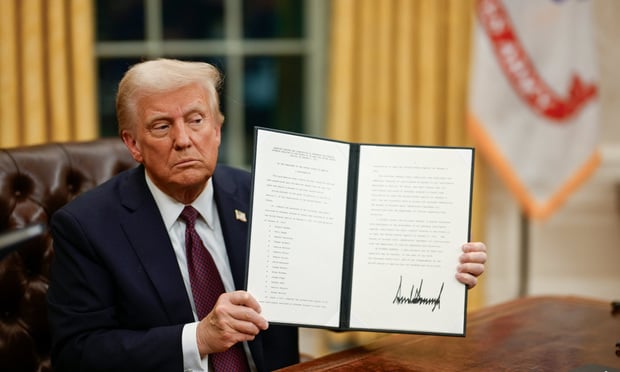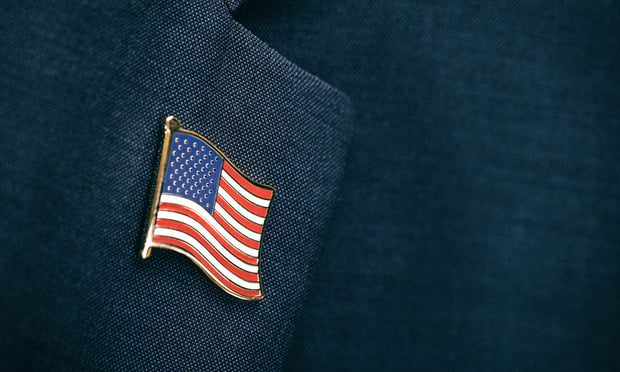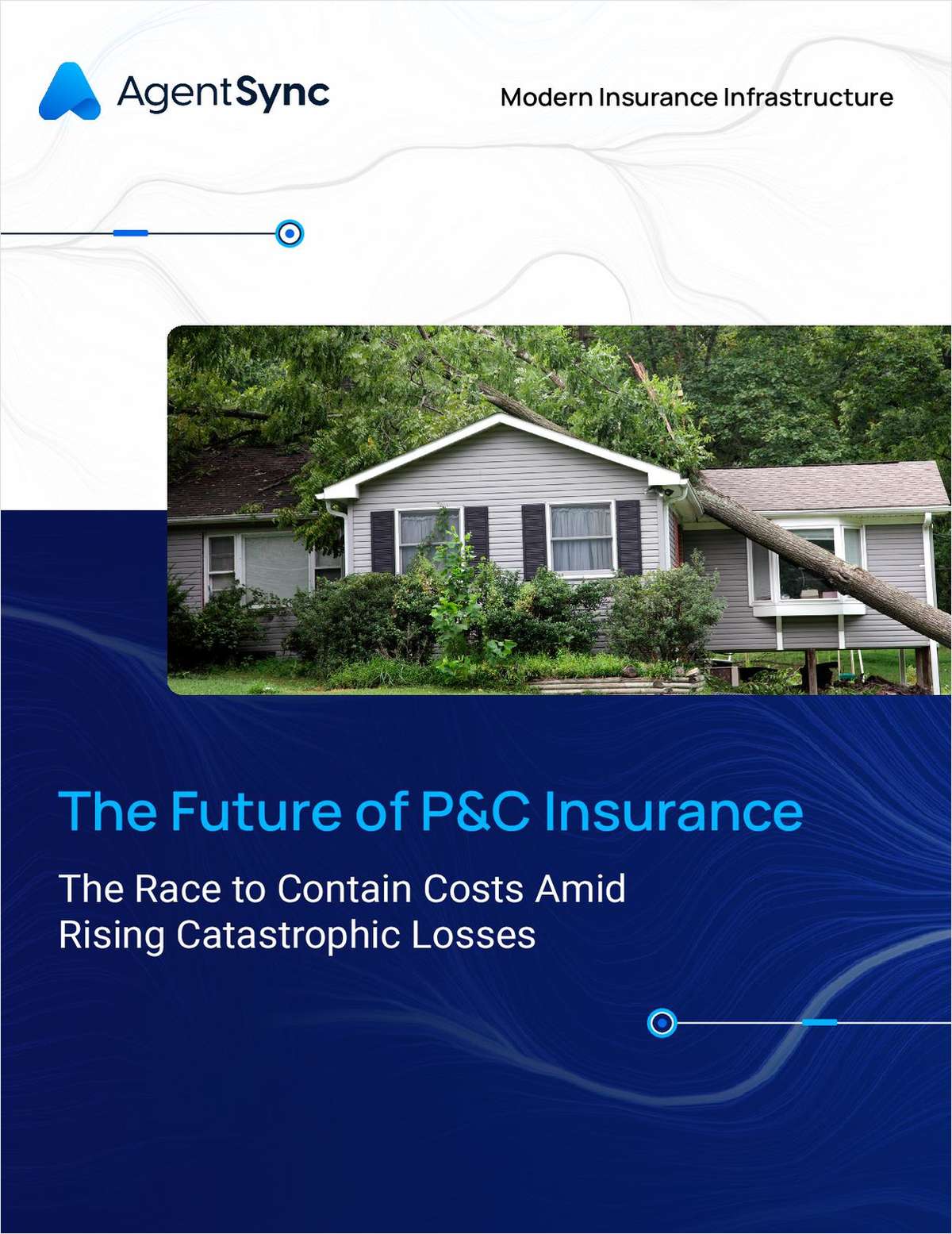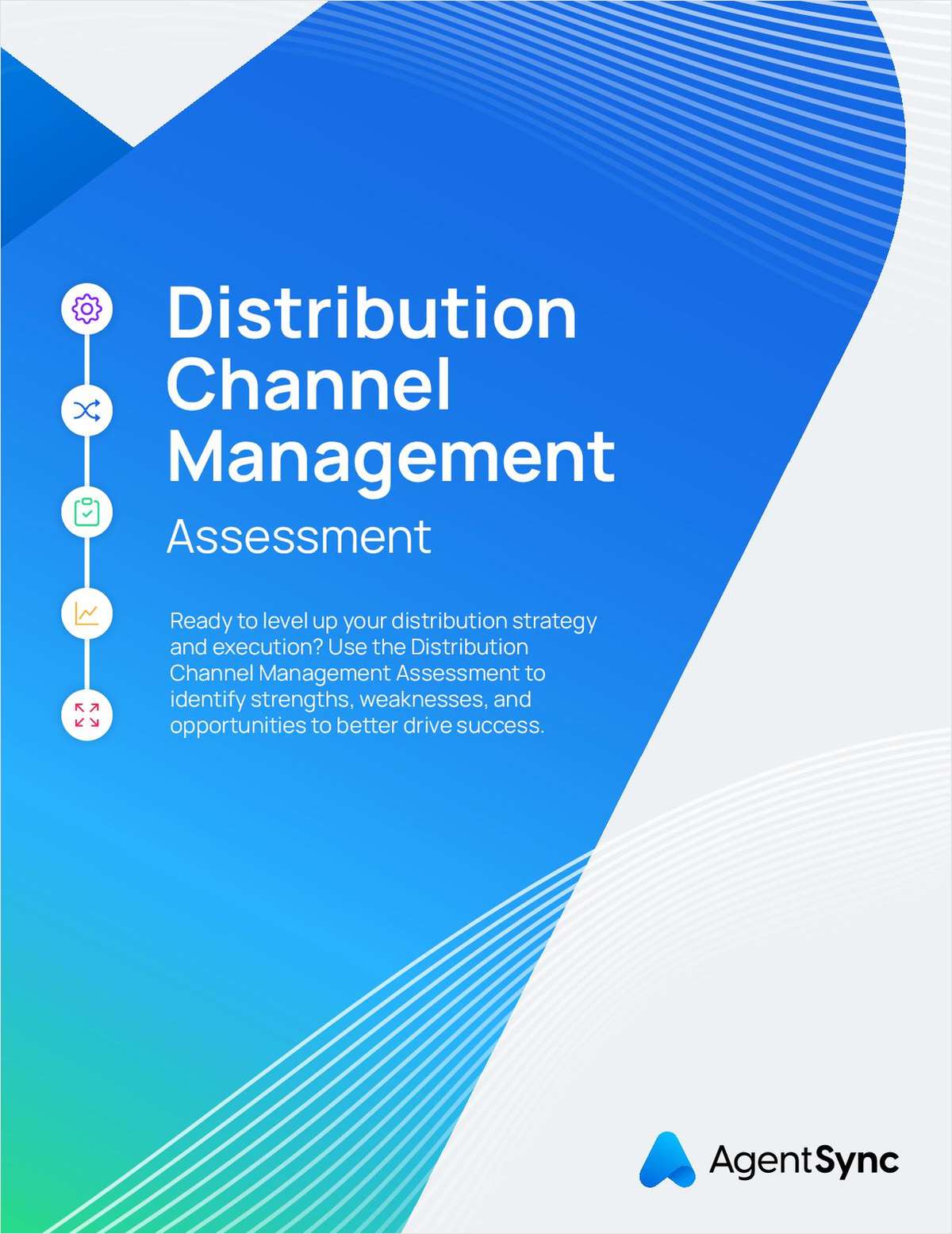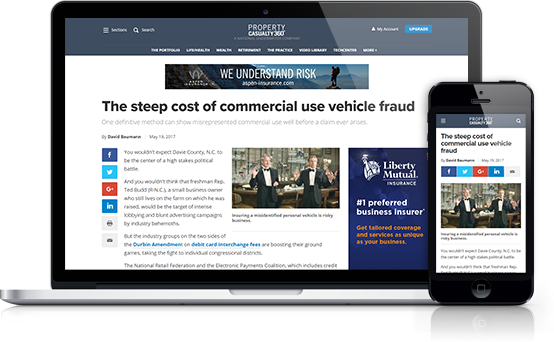The mutual property and casualty insurance industry has a very long and substantial history. In fact, it predates the independence of the United States and has a place among some of the first corporate entities formed on this continent.
As we gather in San Diego this week for the 115th annual convention of the National Association of Mutual Insurance Companies, we will reflect on our history for a moment but then turn our attention to the much more important issue of our future.
If you subscribe to Peter Drucker's principle that "the purpose of business is to create and keep a customer," then you see why in our industry the mutual alignment between the insurer and the policyholder is so effective.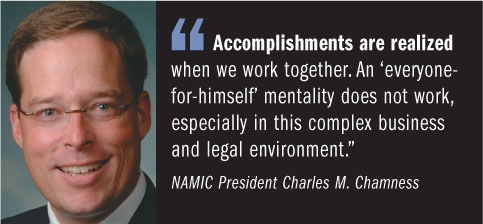
With mutuals, growth and retained earnings must be generated and managed with policyholder interests at the forefront, or companies cease to exist. While stock companies must achieve business success by balancing shareholder interests with the needs of their customers, mutuals require no such balance.
For an example of this alignment playing out, see the recent J.D. Power or Consumer Reports rankings of auto insurance providers, where policyholder-owned insurers dominate the top 10. It is the result of an organizing principle that is focused exclusively on the policyholder/customer and not compromised by investor value considerations.
The strength of this principle is what has allowed our policyholders, companies and association to enjoy success throughout the years.
That strength is also evidenced by continuity in the industry. Most of our member companies are more than a century old. Furthermore, of the companies operating in the United States that are 100 years old, more than 60 percent are mutuals.
While many others have come and gone in the last century, mutuals continue on as a reliable source of protection providing people with peace of mind.
Mutuality is about coming together. Few crises are overcome alone–accomplishments are realized when we work together. An "everyone-for-himself" mentality does not work, especially in this complex business and legal environment.
NAMIC, as an association, strives to embody the philosophy of the mutual model–the coming together to pursue shared objectives. We also have a long and stable history–NAMIC itself was founded 115 years ago, and there have been only five presidents of the association in our history.
NAMIC members naturally embrace this "coming together" as an association. Our members share experiences, spread our message and fight for what we believe.
When we pool our passion, 1,400 companies make one very strong voice. In fact, our membership is the most diverse of any p&c trade association and represents the largest percentage of the marketplace.
Specifically, during the last several years we've been preparing for the increase in political risk emanating from Washington by enhancing our resources, doubling the size of our D.C. staff, and raising our political action committee to record levels.
This effort was well timed. Initially, our industry was painted with the broad brush of culpability for the financial crisis. However, over time, our message–that we're fundamentally different from the rest of the financial services sector, in outlook, operations and solvency practices–started to resonate.
This past summer, when President Barack Obama signed into law the long-debated Dodd-Frank legislation–a 2,300-page restructuring of the regulatory system of the U.S. financial services industry–the bill did not focus on the p&c insurance industry but on others in financial services. This outcome can only be understood as a result of our industry's efforts.
While events in Washington have occupied much of our attention, NAMIC–in collaboration with our state trade partners–has been working throughout the country to stave off enactment of bad law and public policy.
In the past 12 months, our industry stopped 80 bills in 27 states that would have harmed policyholders by scaling back or eliminating credit-based insurance scoring. These were huge victories for our freedom to underwrite risk fairly and appropriately.
So called "bad-faith bills" pushed through the legislative process kept us busy, and we were largely victorious here, too. We defeated all but two bills, and those that passed were watered down–even in the face of a formidable trial bar opponent.
The mission that is ahead of us is no different from what we have endured in the past. A new Congress will soon be elected. Thirty-seven states will elect governors–leading to many newly appointed insurance regulators and new players setting policy at the National Association of Insurance Commissioners. In addition, several state legislatures will experience significant turnover.
As these new faces enter the scene, we'll find ourselves fighting another round of legislative and regulatory battles, some new and some a continuation of what has gone on before.
These built-in challenges are key factors in the policymaking process affecting our industry. The political risks we face have increased in both frequency and magnitude.
We must continue to educate those in Congress, in the states and in the marketplace. The concerted efforts of NAMIC and its members, our other colleagues in the p&c trade associations, and the industry as a whole must continue and accelerate.
Charles M. Chamness is president and chief executive officer of that National Association of Mutual Insurance Companies in Indianapolis, Ind.
Want to continue reading?
Become a Free PropertyCasualty360 Digital Reader
Your access to unlimited PropertyCasualty360 content isn’t changing.
Once you are an ALM digital member, you’ll receive:
- Breaking insurance news and analysis, on-site and via our newsletters and custom alerts
- Weekly Insurance Speak podcast featuring exclusive interviews with industry leaders
- Educational webcasts, white papers, and ebooks from industry thought leaders
- Critical converage of the employee benefits and financial advisory markets on our other ALM sites, BenefitsPRO and ThinkAdvisor
Already have an account? Sign In Now
© 2025 ALM Global, LLC, All Rights Reserved. Request academic re-use from www.copyright.com. All other uses, submit a request to [email protected]. For more information visit Asset & Logo Licensing.



